If you are planning to build a new house or remodel your old one, you’ll find that there are many home interior design trends to choose from — from classics such as Victorian interior design to more contemporary trends such as minimalism, and all the fusions between. But regardless of which trend you choose to go with, there are some universal interior design no-nos that you’d do best to avoid.
These interior design faux pas can upset the journey your eyes take in an interior and cause details to jut out jarringly, rather than work together to create something harmonious. A good interior design is defined by completeness, balance, and a pleasing aesthetic. By contrast, these mistakes could leave your interior design looking incomplete, imbalanced, or even unpleasant to look at. Happily, understanding these common mistakes is part of interior design 101.
Some interior design choices can enrich a space and some are unfortunately duds and you can mark them as design mistakes that are easy to avoid.
Too Much Furniture
With so many bespoke pieces of furniture to choose from, it’s tempting to fill a newly built room with lots of sofas, armchairs, coffee tables, bookshelves, ottomans, and the like. But the important thing to remember is that you should avoid going too far with furniture.
A few nice pieces of furniture can really accentuate the character and elegance of a space, but too much furniture can really mess up the aesthetic you’re going for. Too much furniture can cause barriers in an open space. It can also become an annoyance since too much furniture causes clutter and makes a room feel more cramped. Even the most beautiful furniture will lose some of its luster if it feels like you can’t move around without constantly bumping into things. With any interior design style, you want to keep some open space so that your house feels airy rather than restricted and uncomfortable. And finally, with more items competing for attention comes more opportunity of losing the visual harmony in a room.
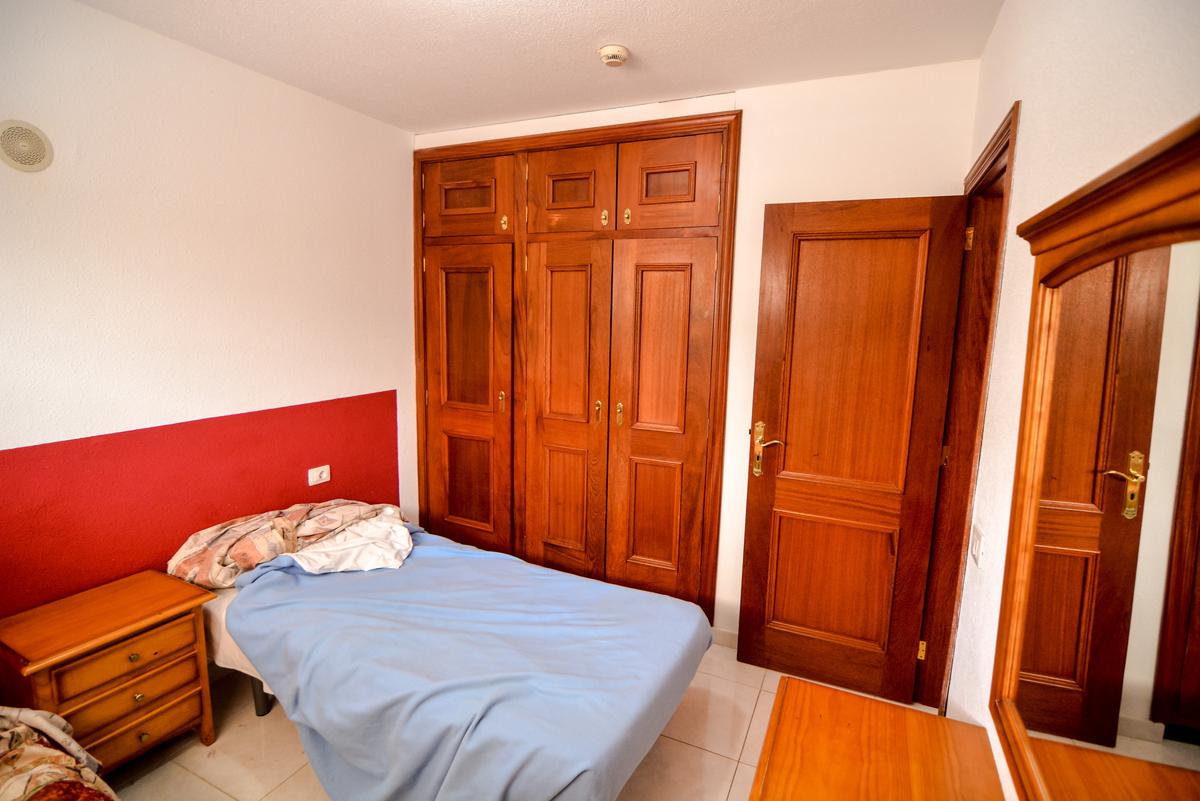
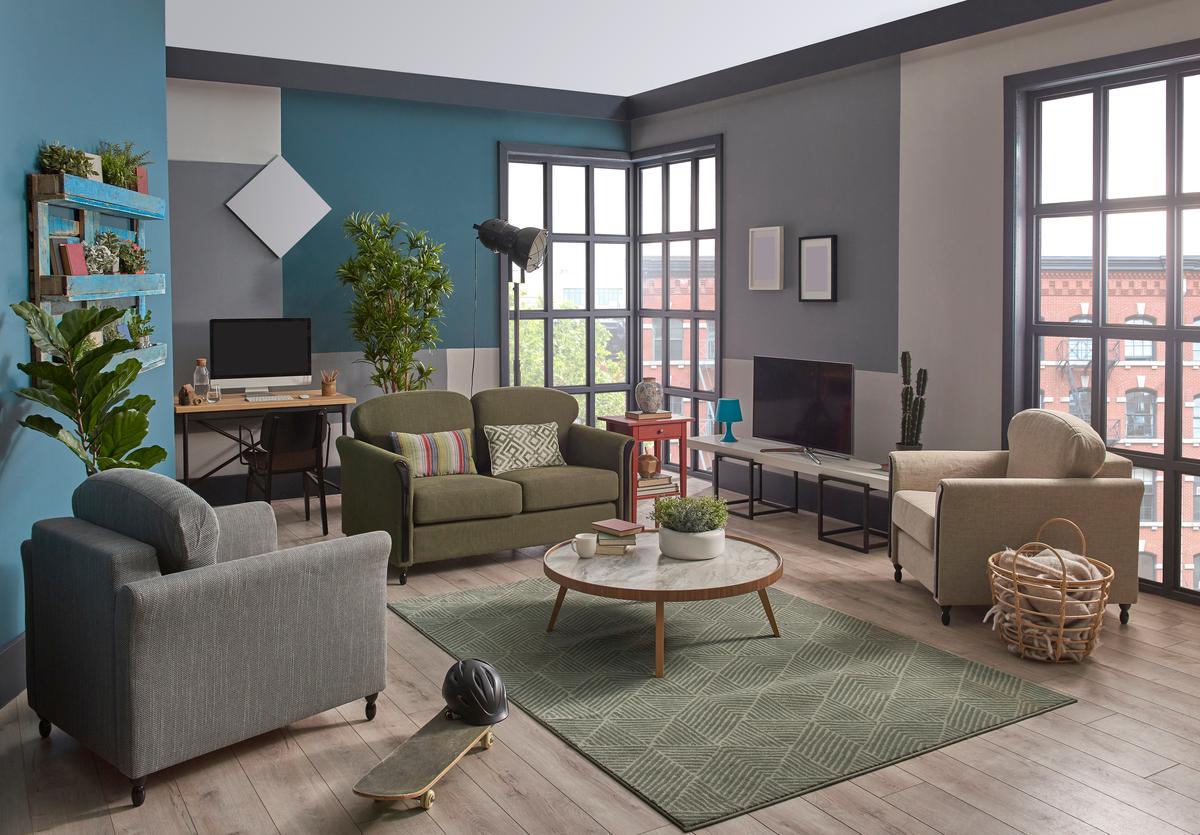
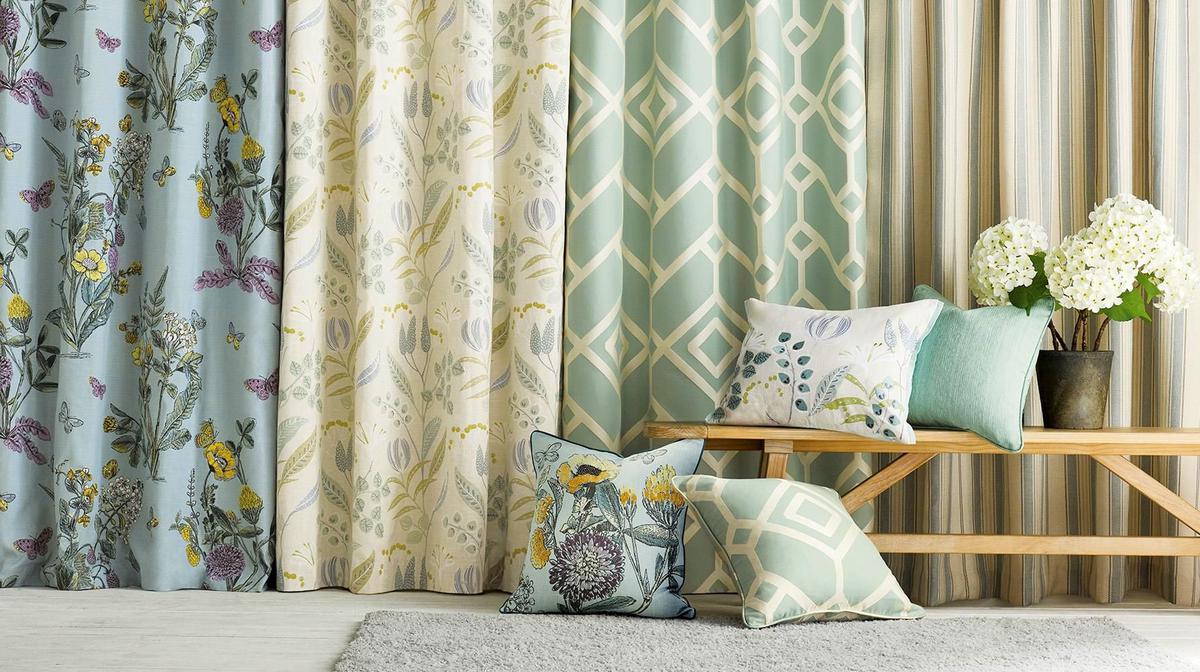
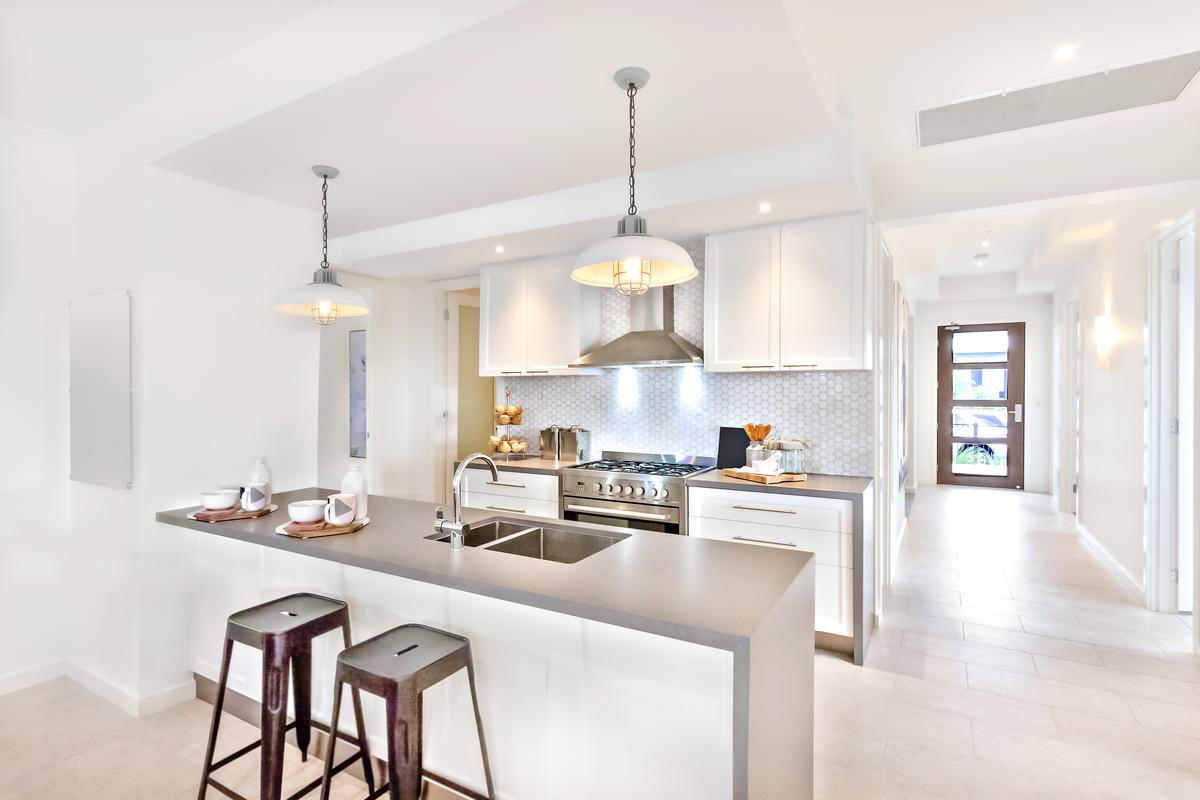
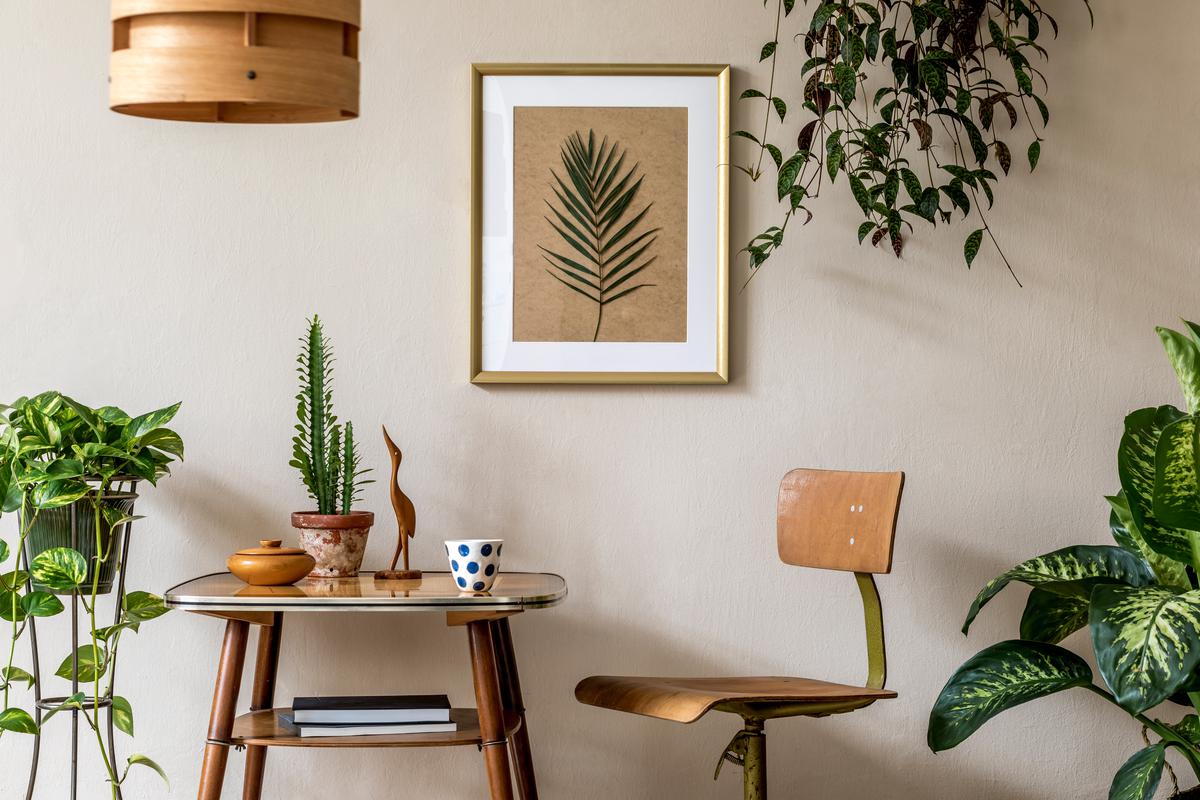
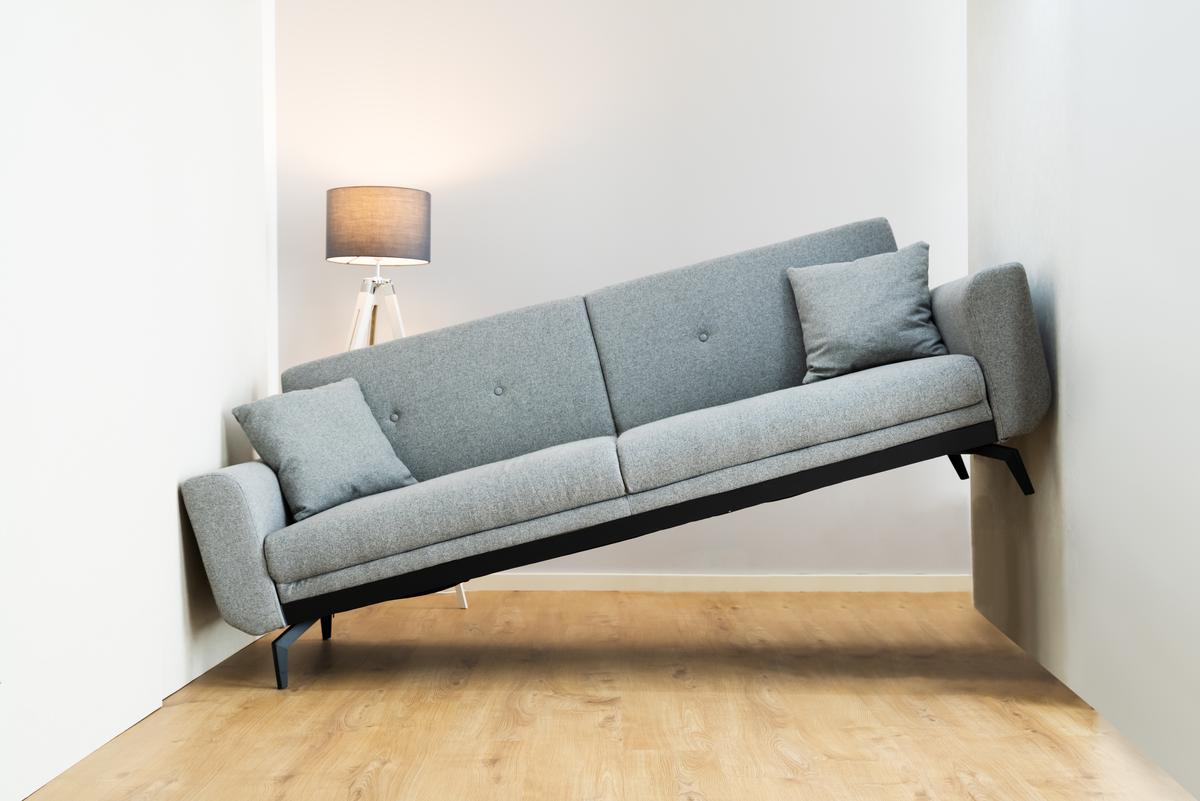
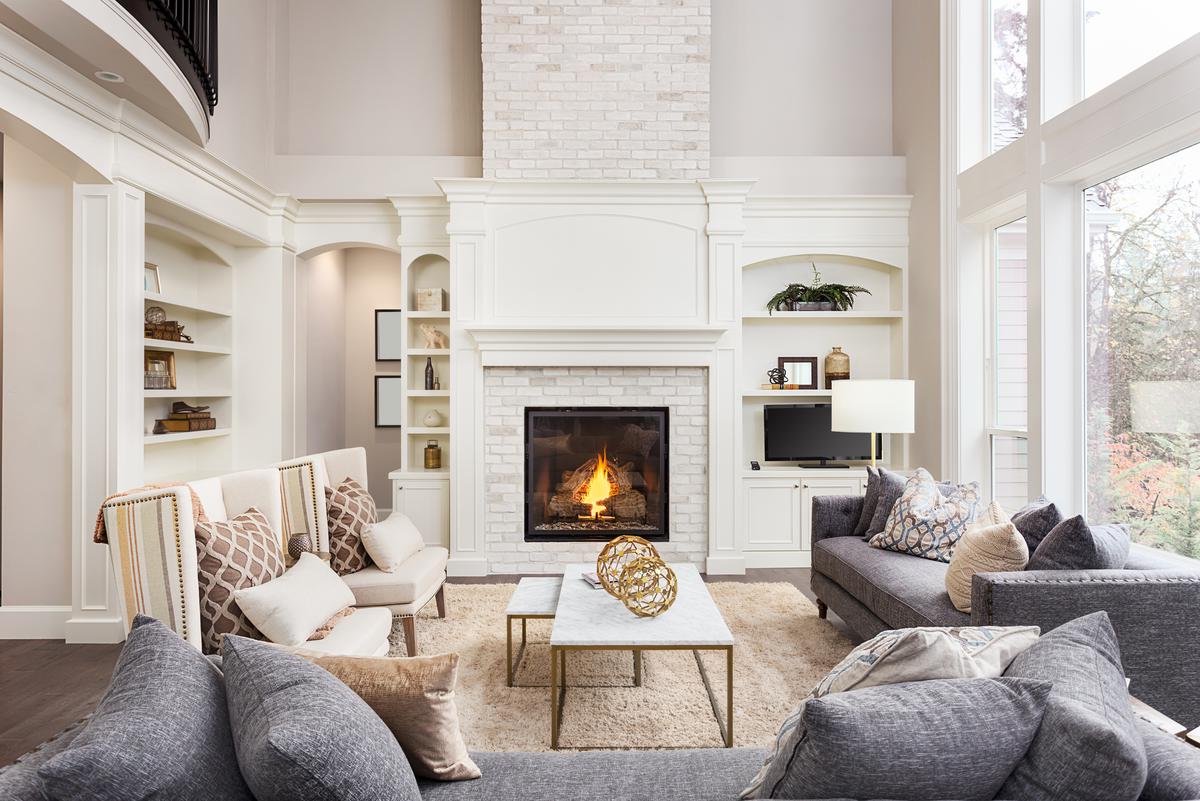
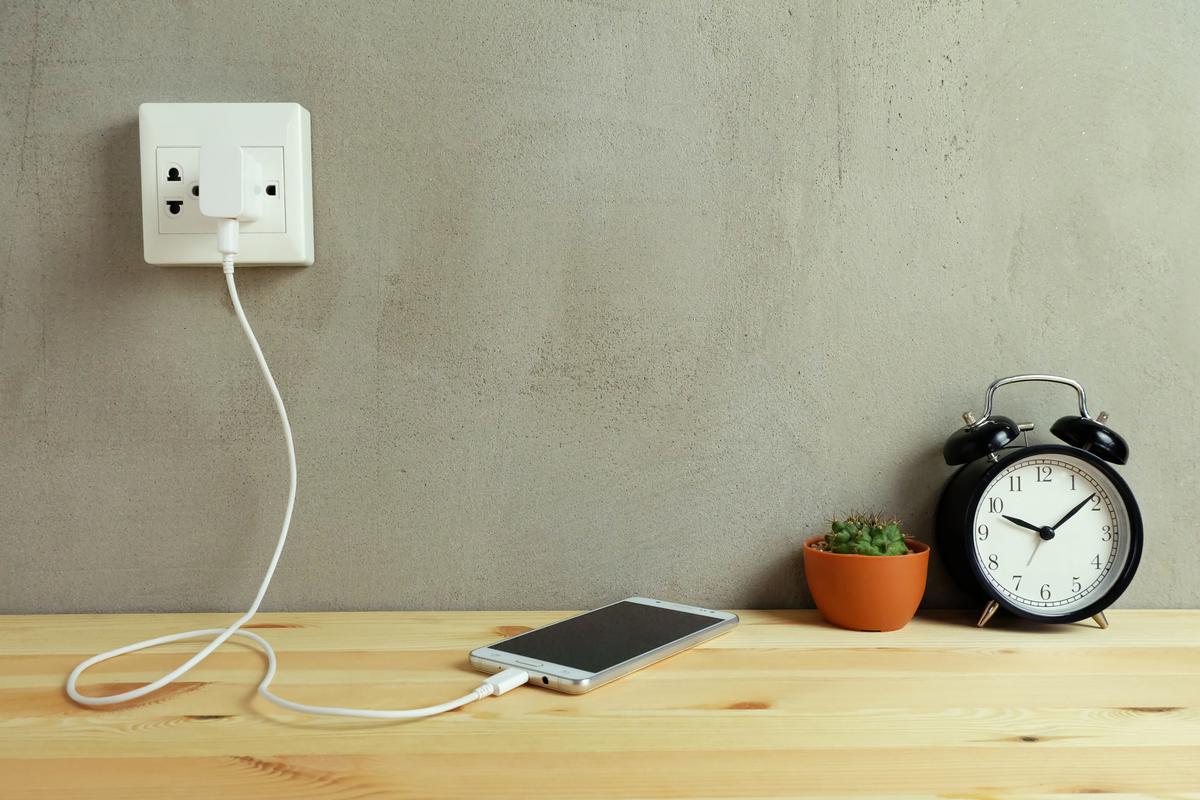
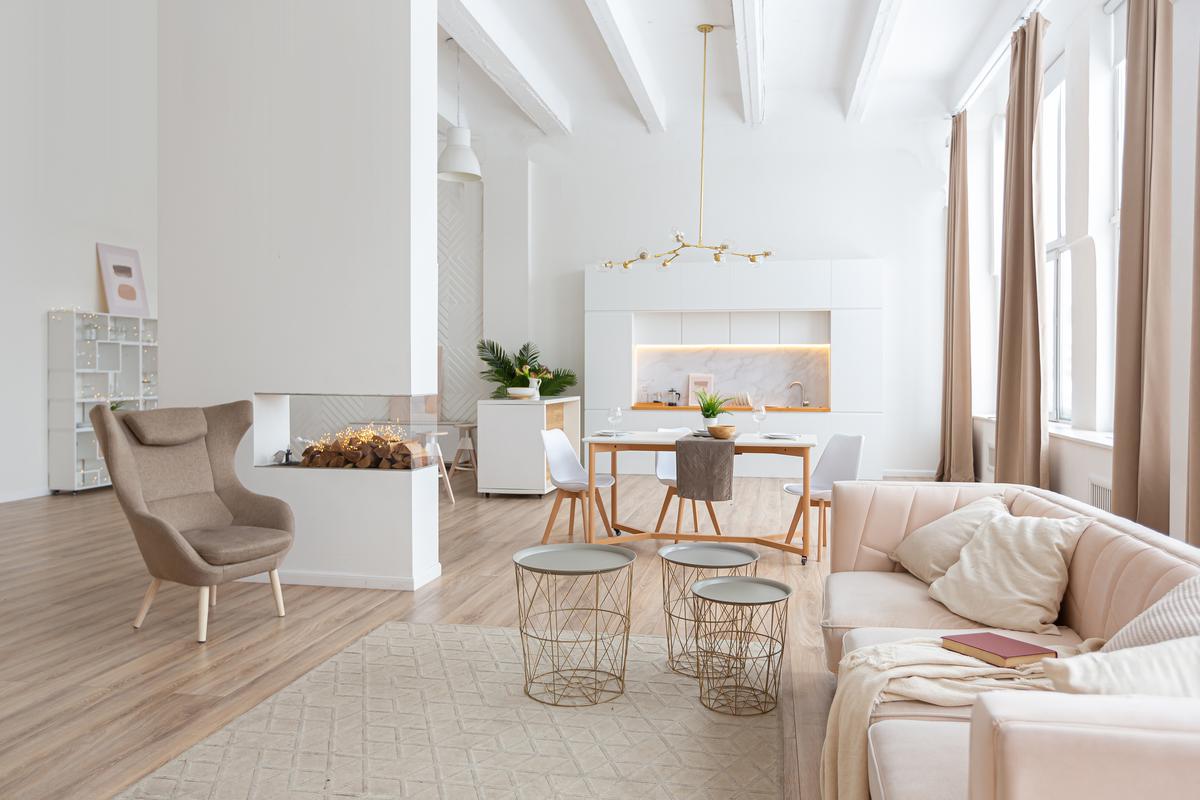

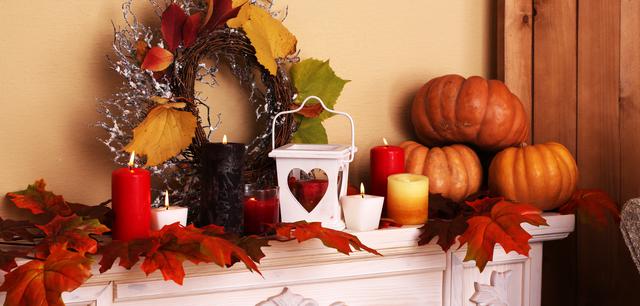



comments